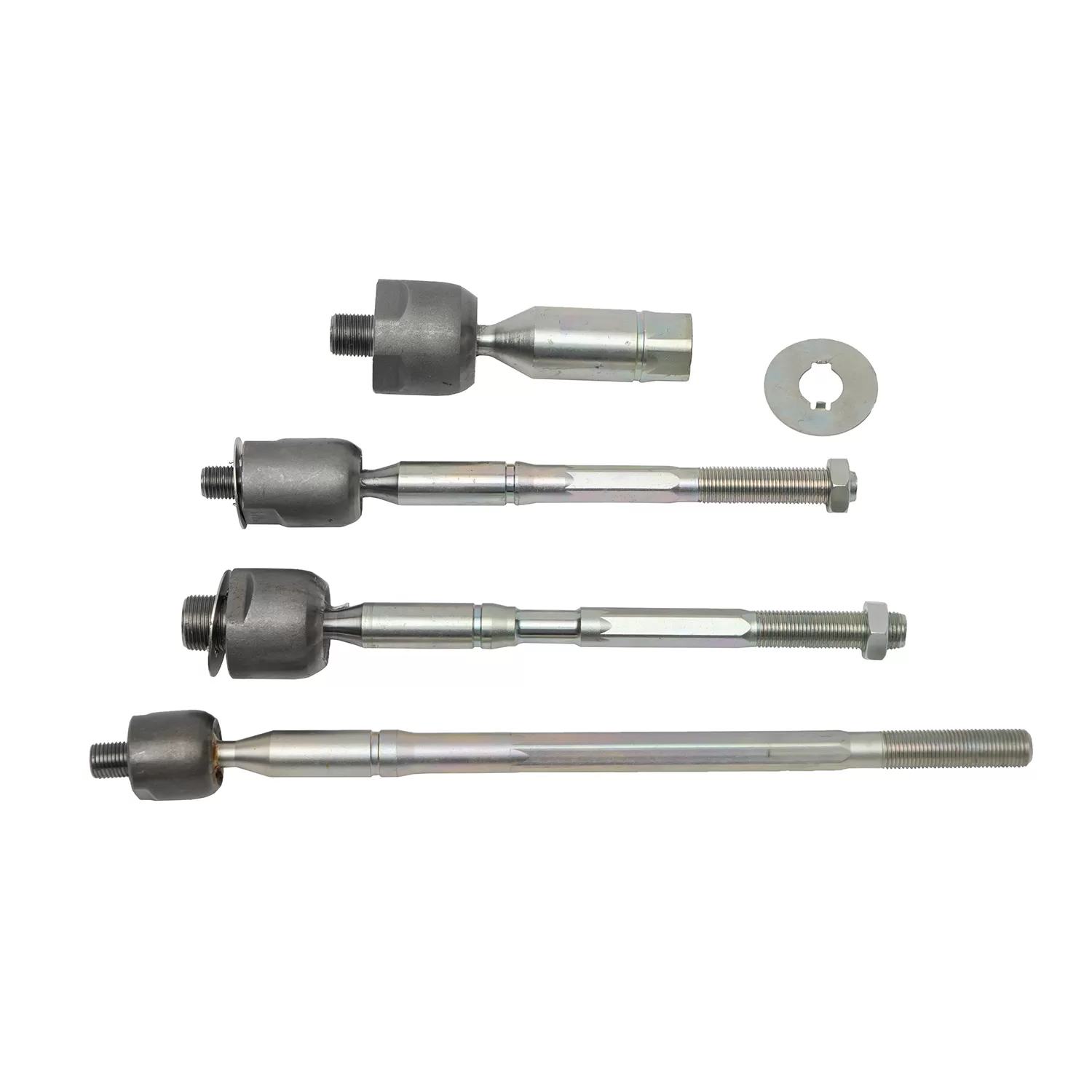Rack End
An inner tie rod end is a component used in a vehicle’s steering system to connect the steering rack to the wheels. The inner tie rod end’s main function is to provide a pivot point for the steering mechanism, allowing the wheels to turn in response to the driver’s movements.
Additional information
Product Details
The inner tie rod end is a critical component of the steering system in cars. It is designed to connect the rack and pinion system with the wheels, enabling the driver to steer the vehicle accurately.
The inner tie rod end consists of several parts, including:
1. The inner tie rod stem: This is a metal shaft that connects the tie rod end to the rack and pinion system.
2. The inner tie rod ball joint: This is a spherical joint that acts as the swivel point for the tie rod end. It allows the tie rod end to rotate and pivot, enabling the rack and pinion system to move the wheels.
3. The inner tie rod housing: This is a protective cover that protects the tie rod end and the steering system from dirt, grime, and other environmental elements.
4. The inner tie rod boot: This is a flexible rubber cover that fits over the inner tie rod stem and ball joint. It helps to keep dirt and grime from entering the inner tie rod end and damaging the joint and steering system.
The inner tie rod end works by connecting the rack and pinion system to the steering wheel. When the driver turns the steering wheel, the tie rod end moves the wheels. The tie rod end is essential for accurate steering, and a worn or damaged inner tie rod end can result in a dangerous loss of control for the driver. It is important to inspect and replace the inner tie rod end if it shows signs of wear or damage.
